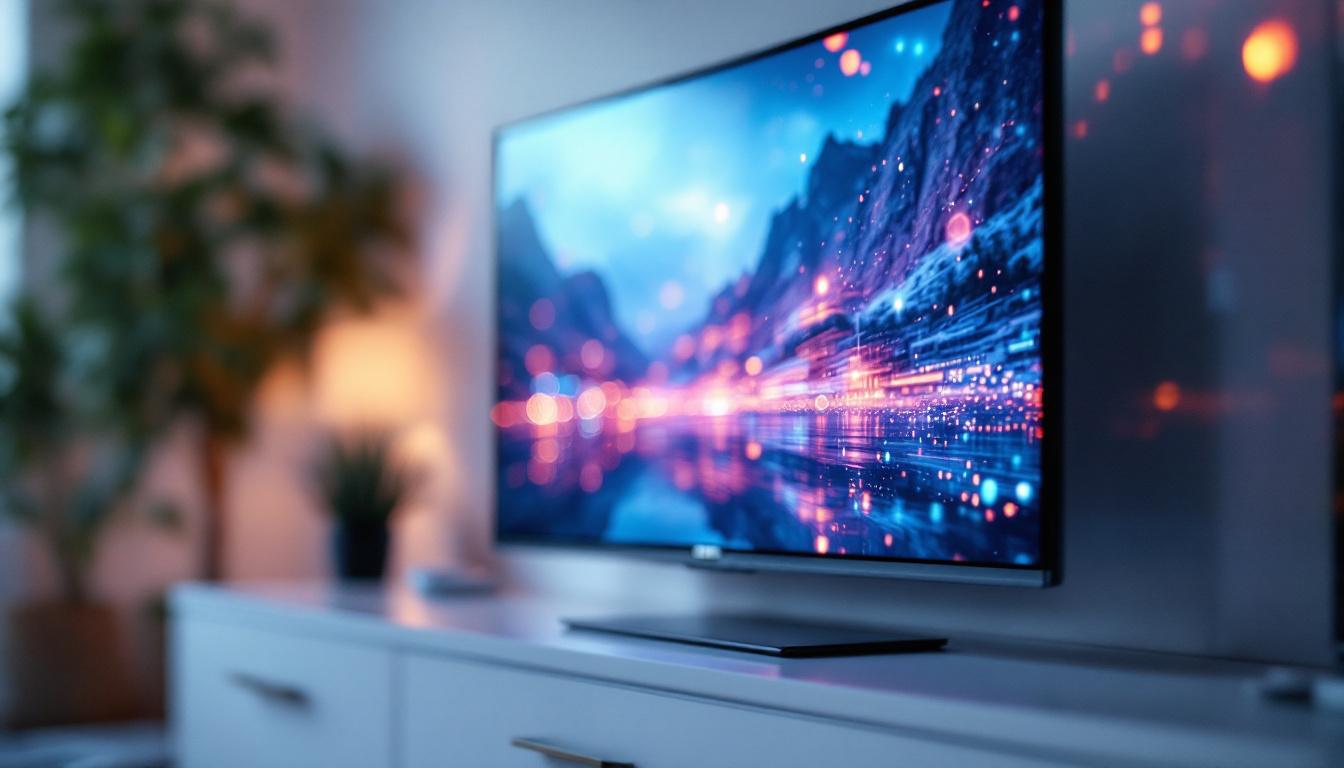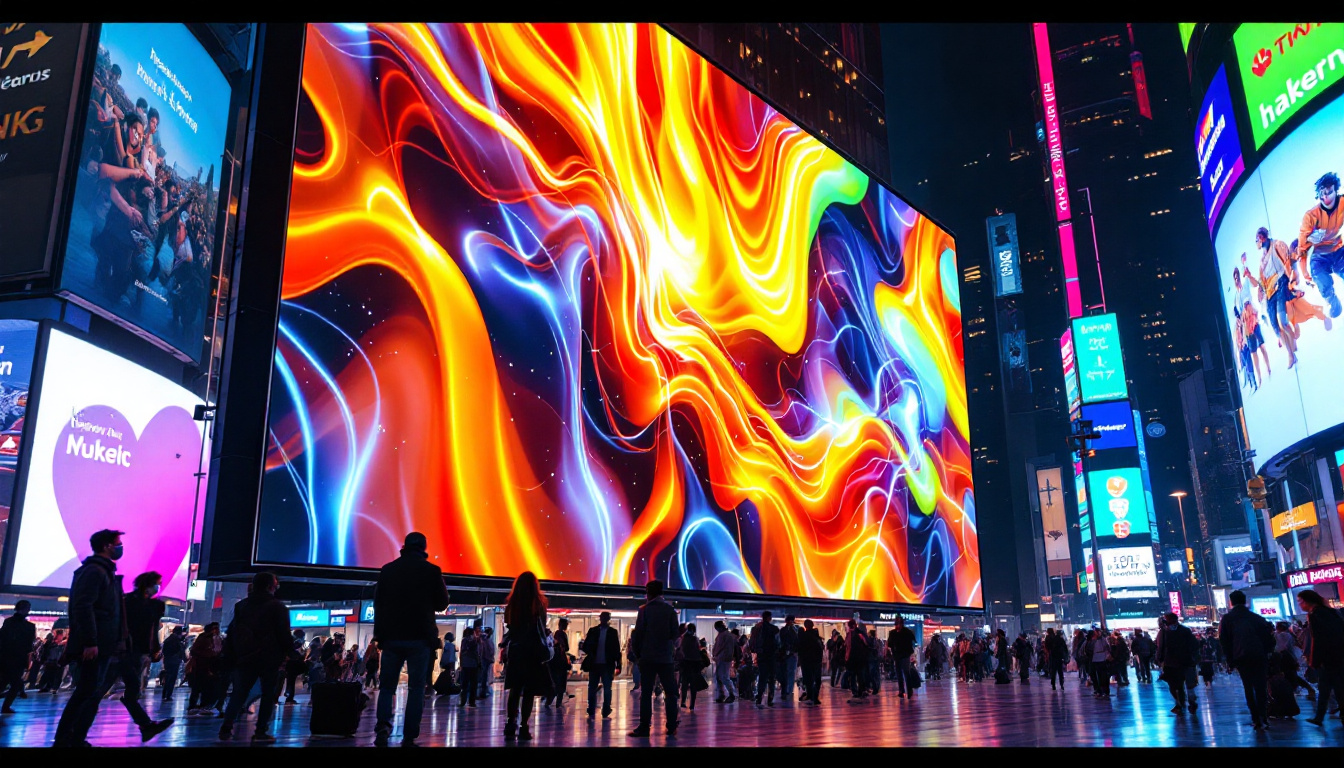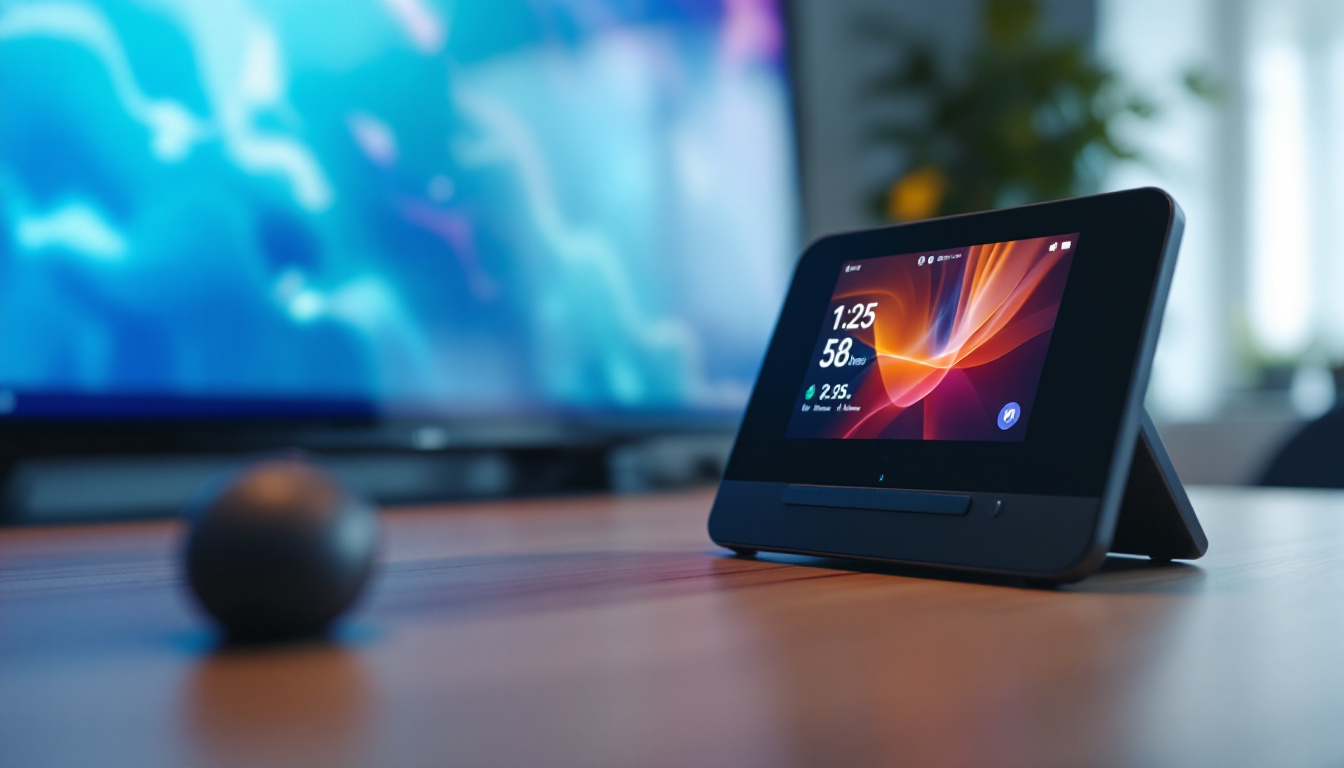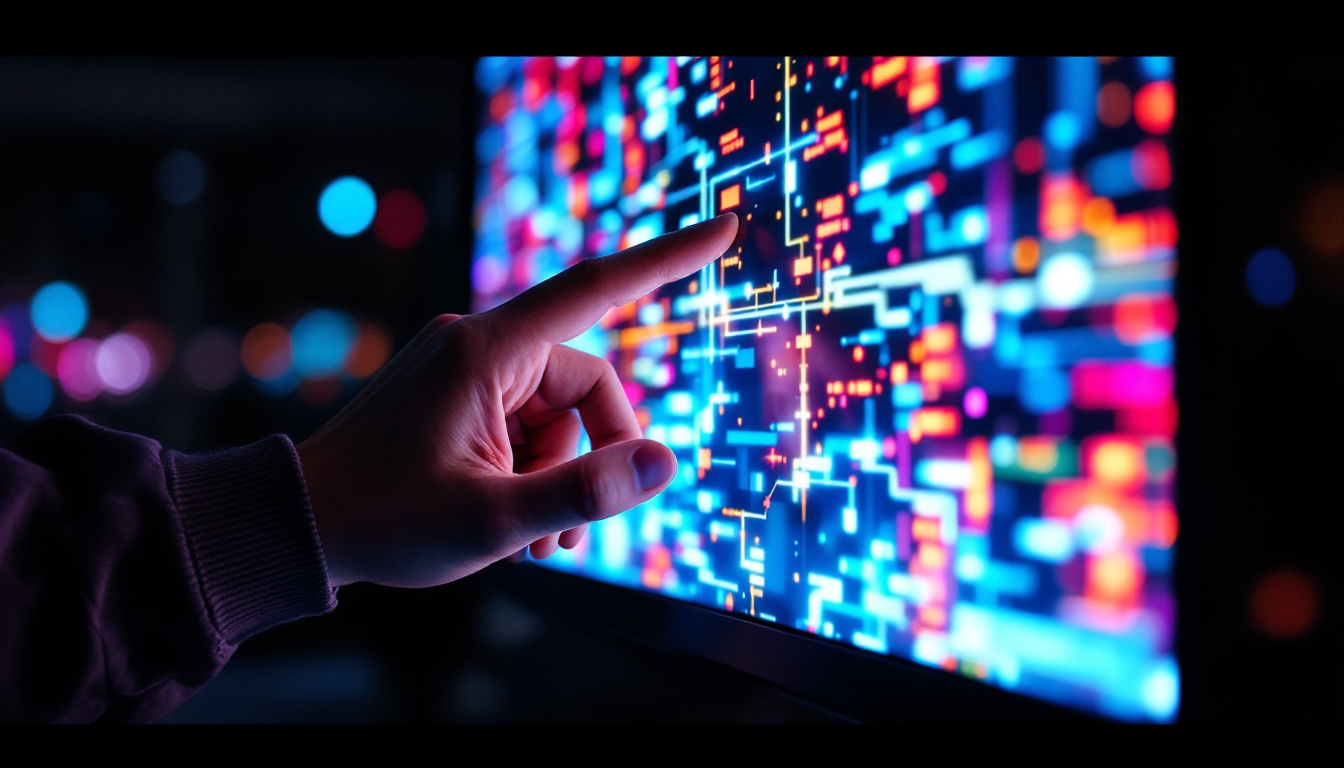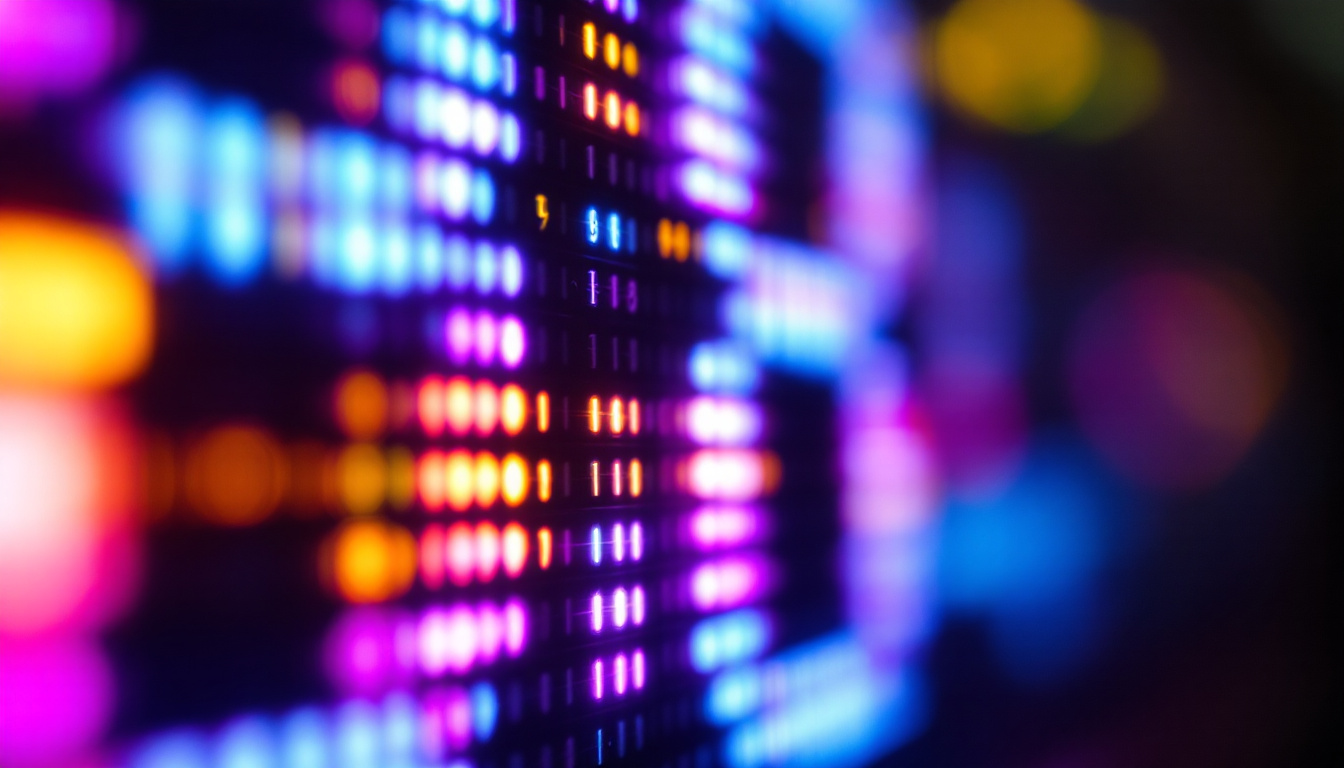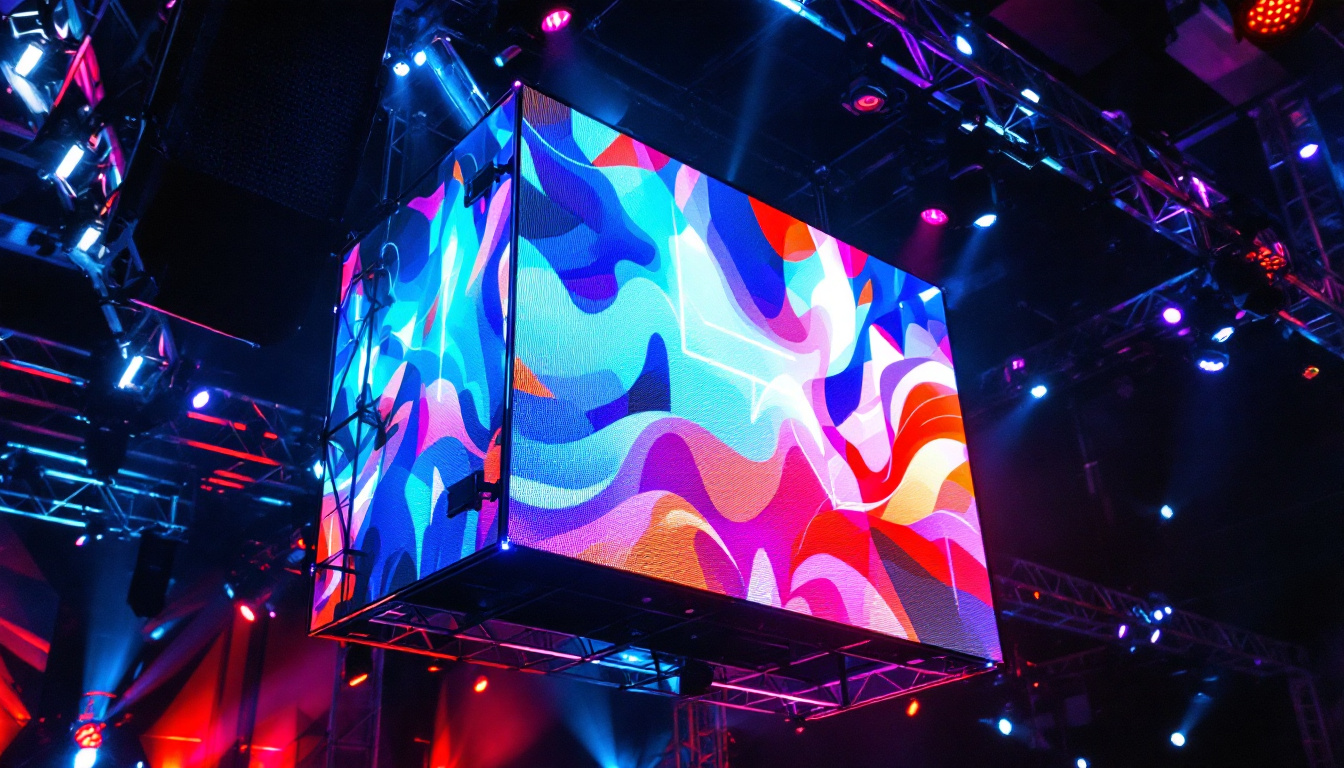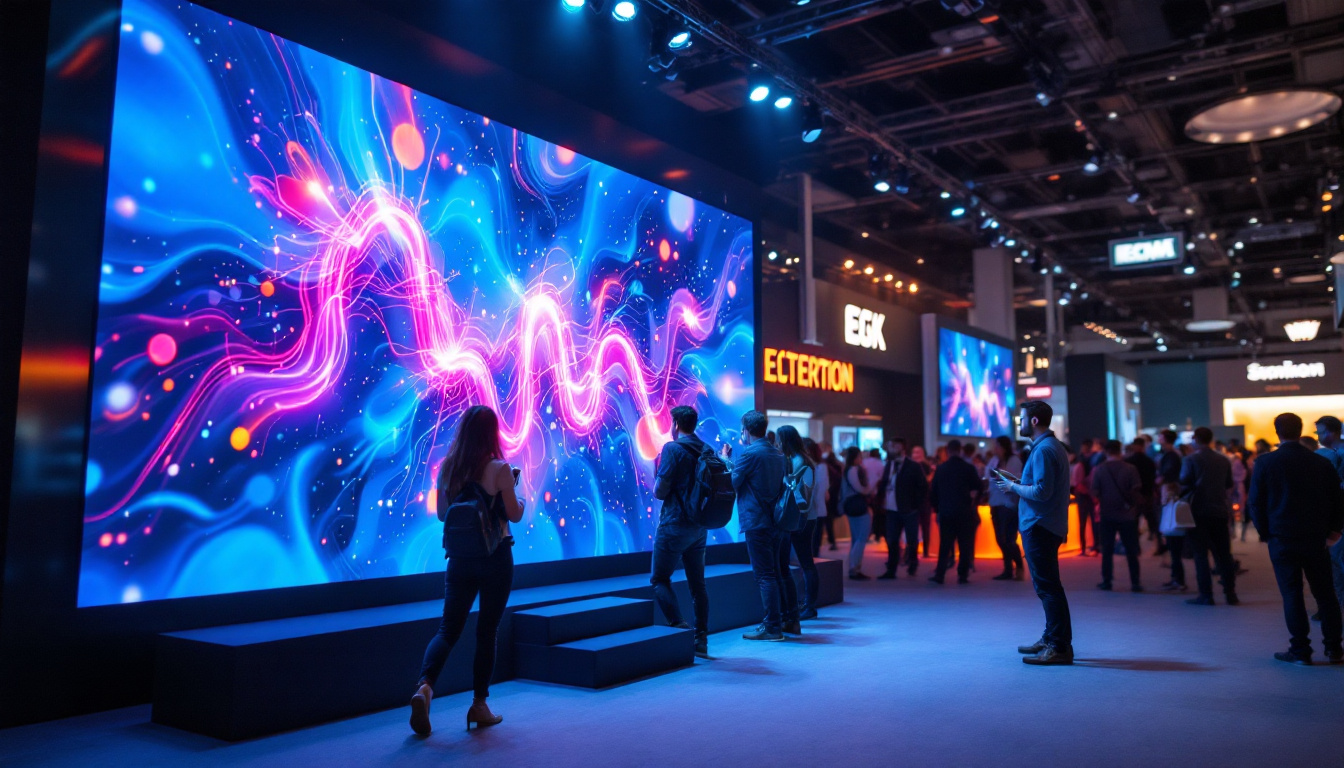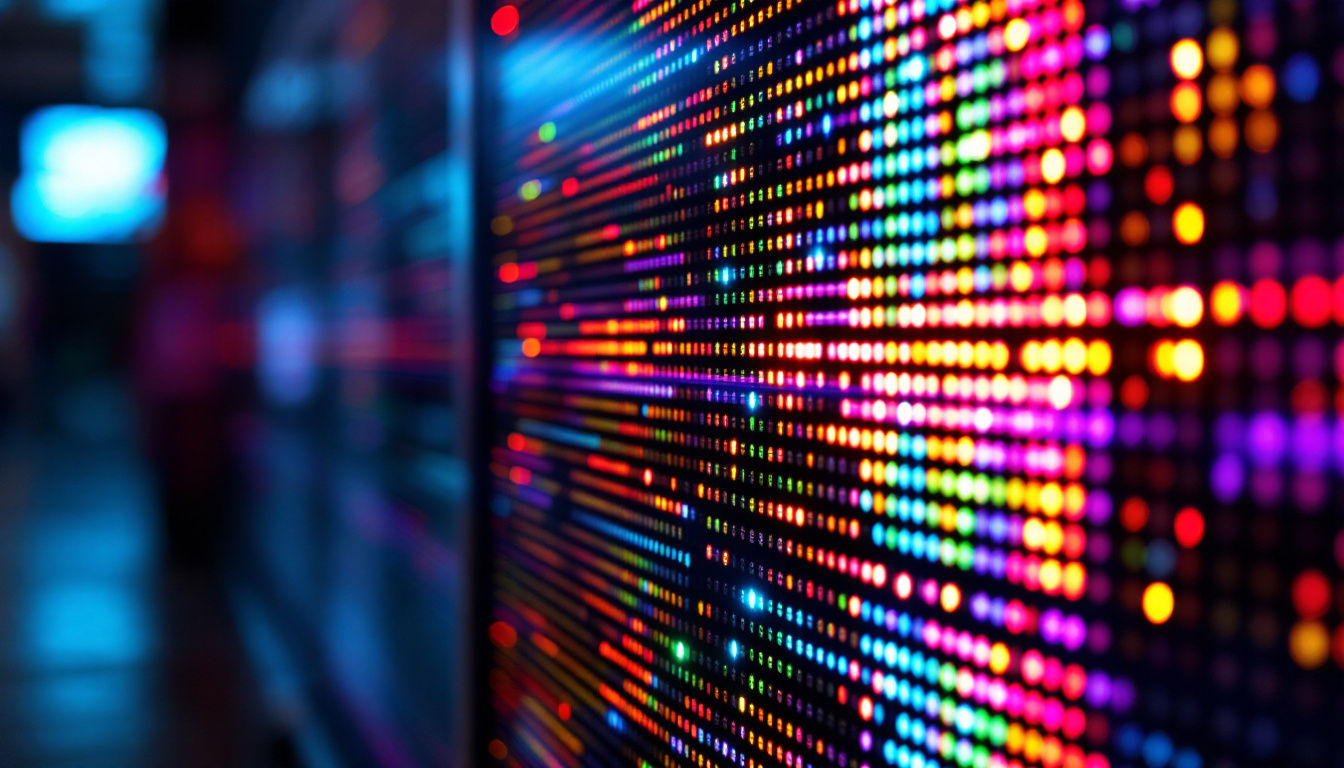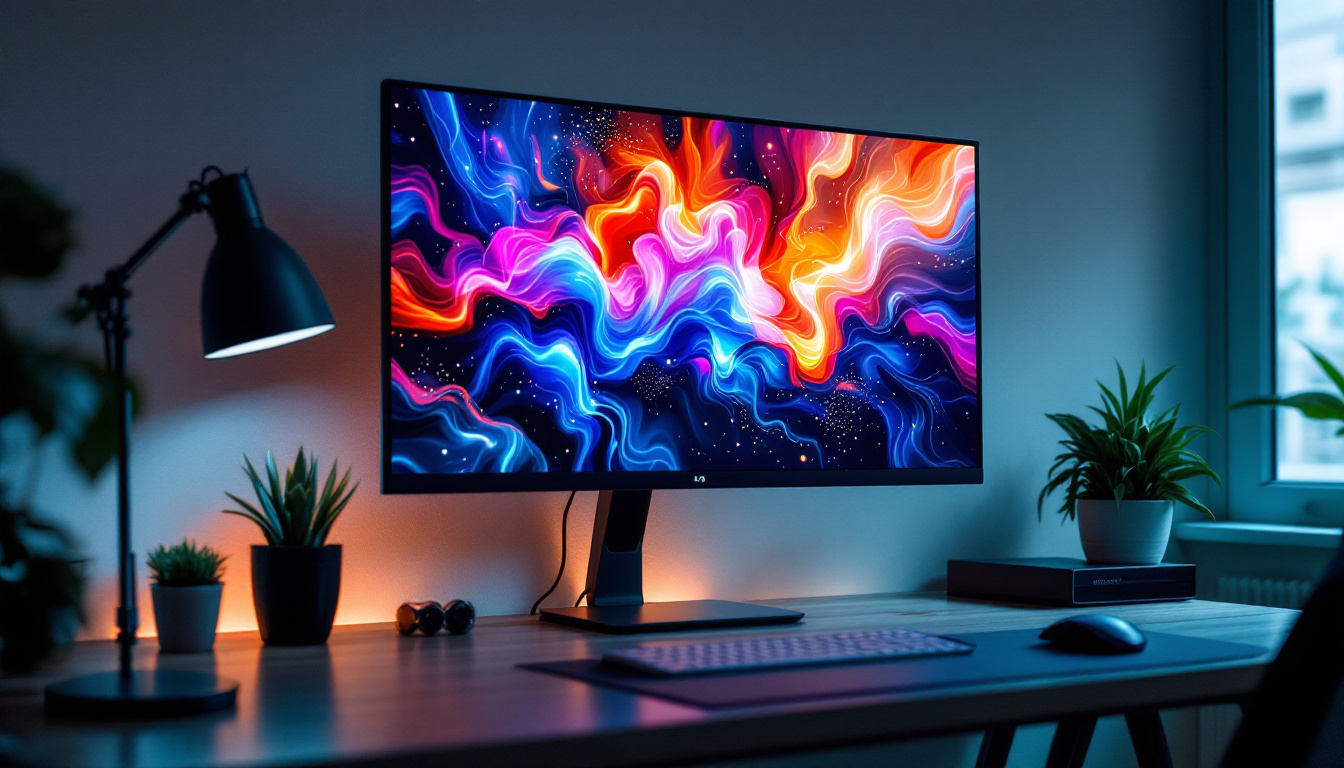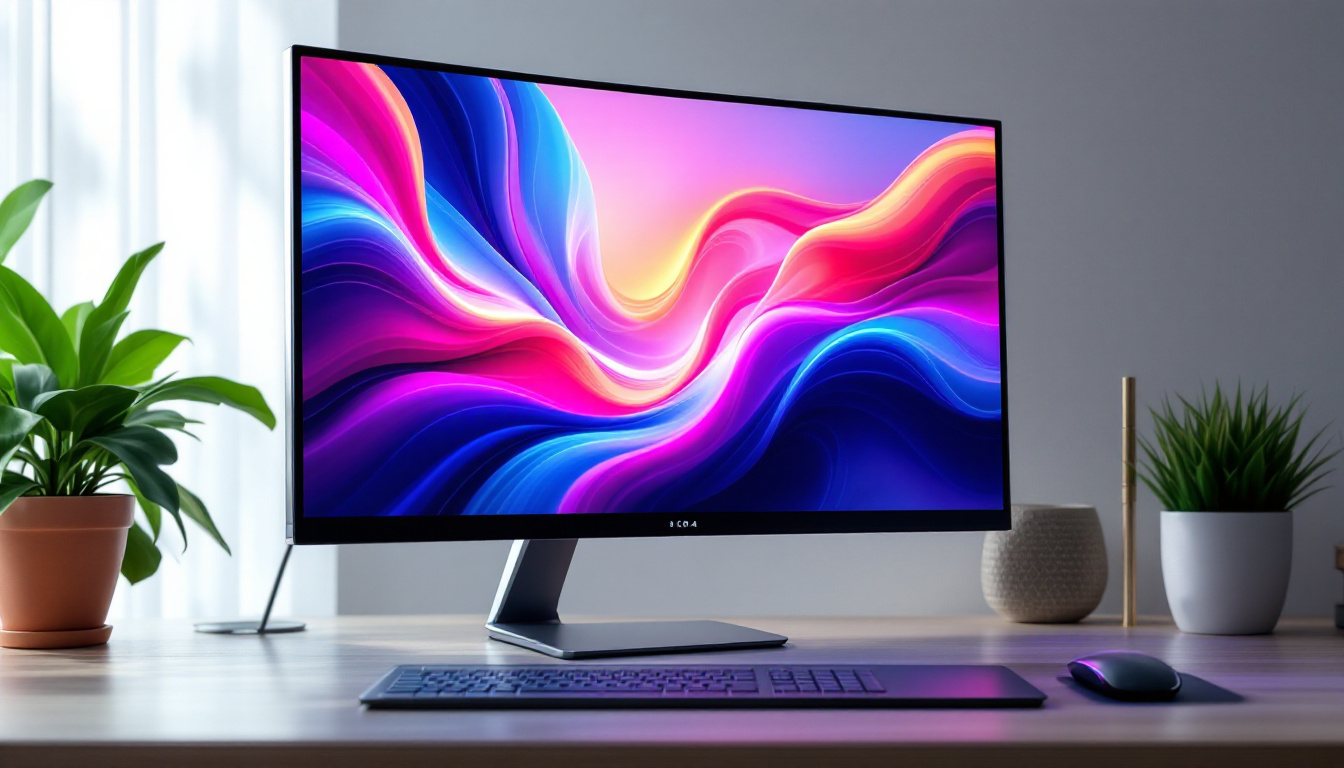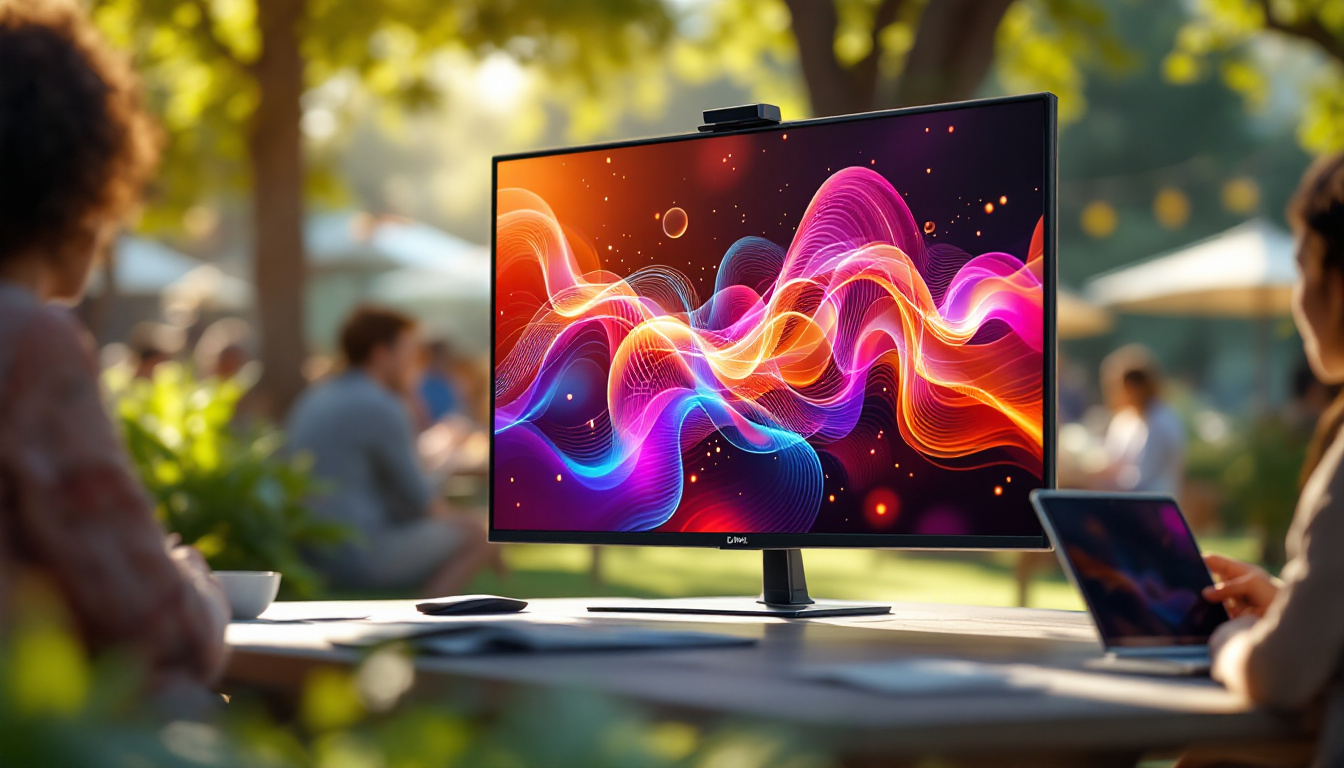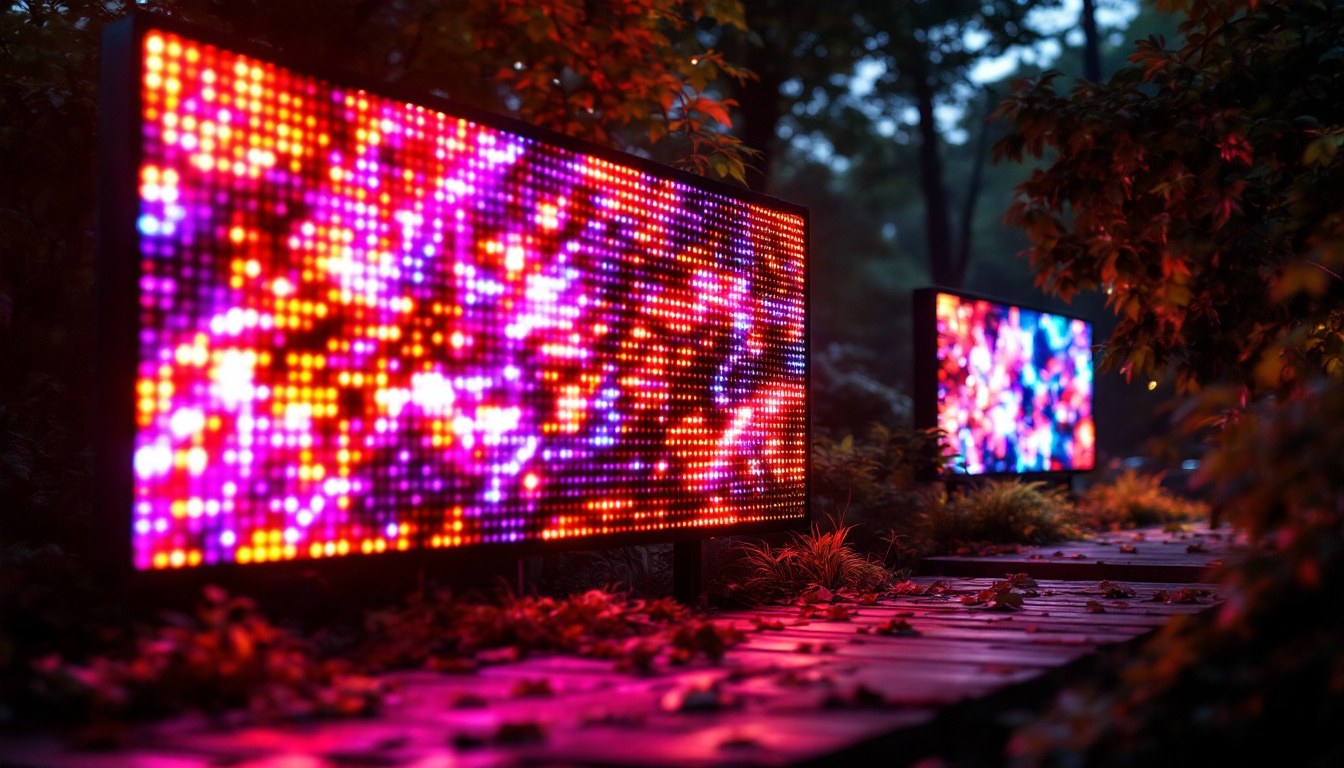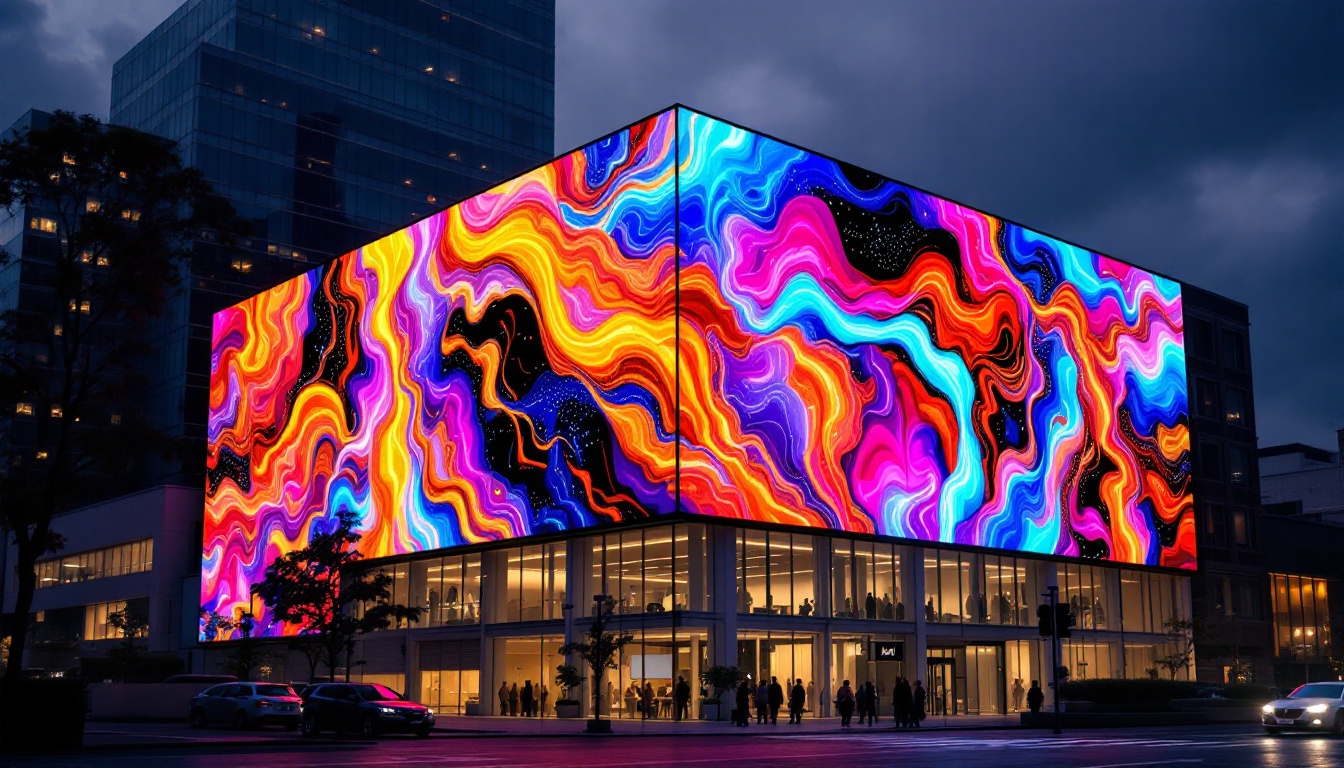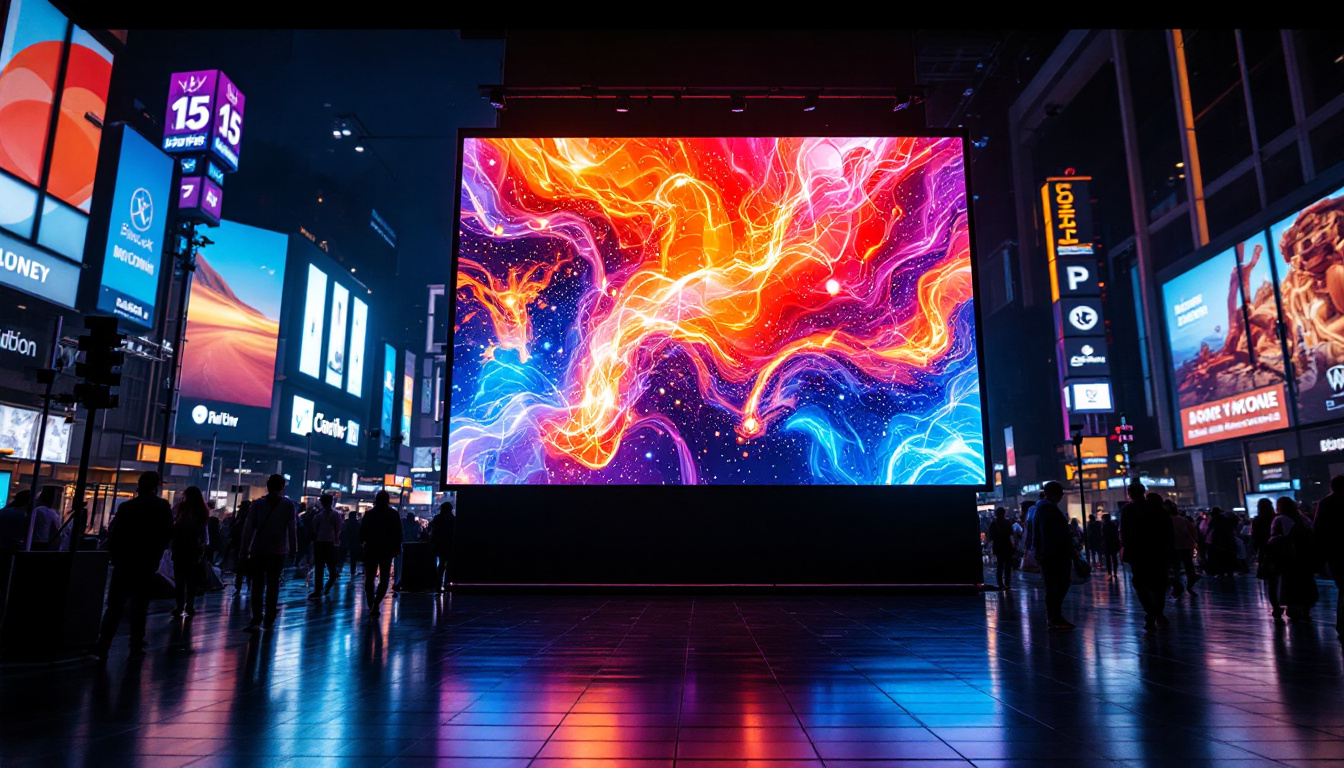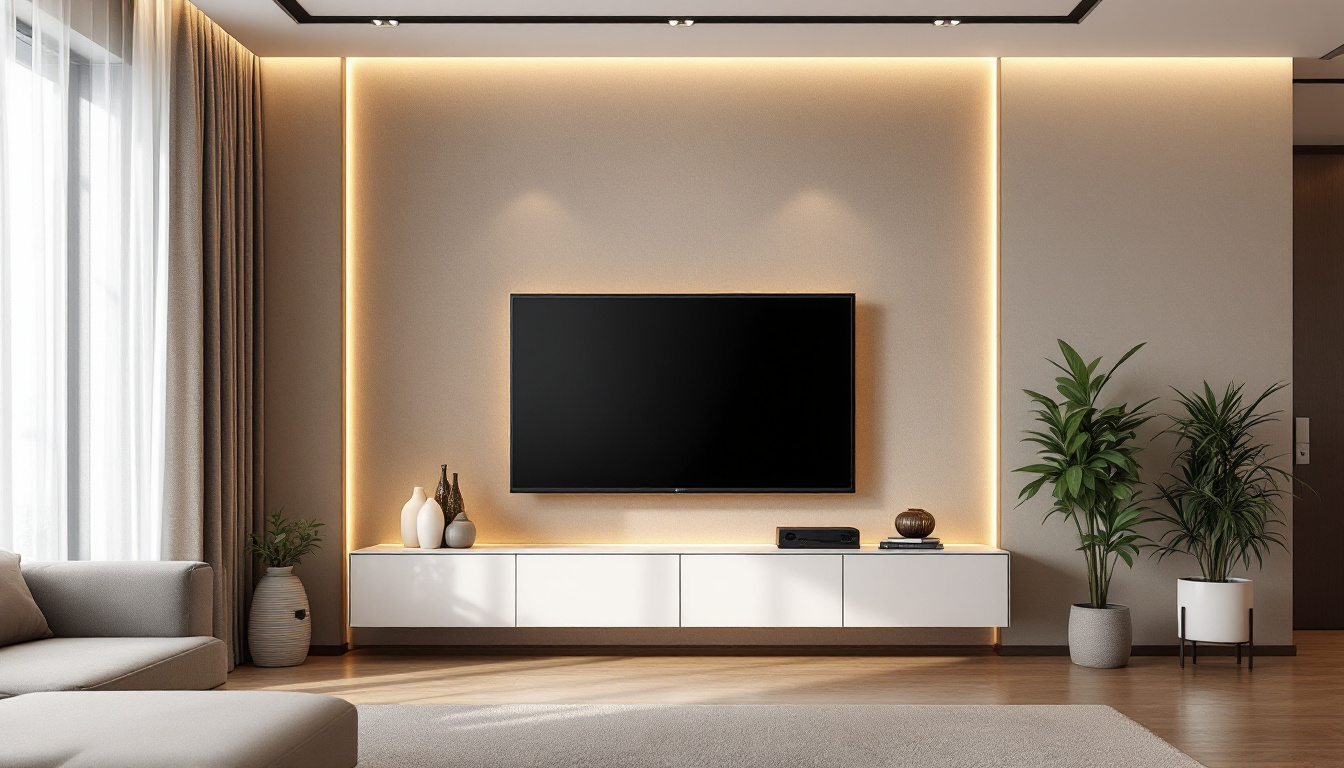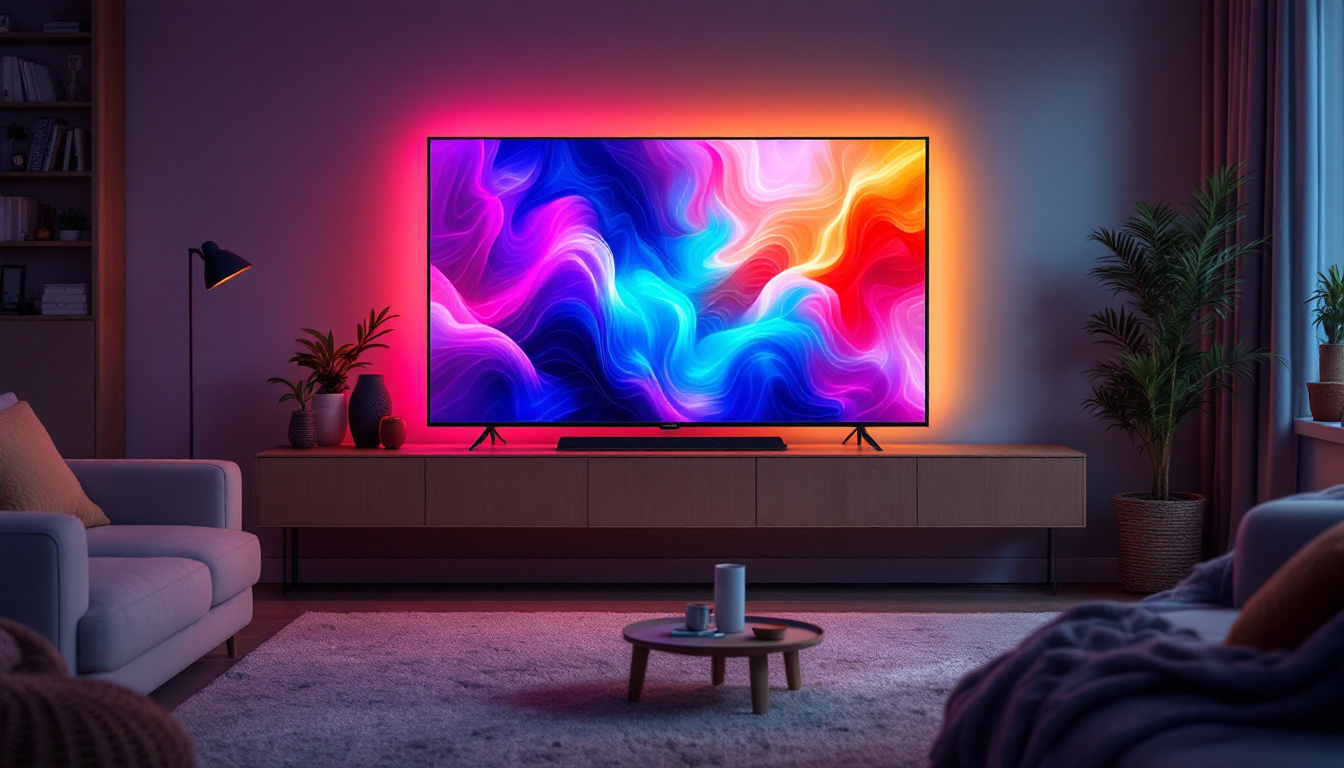Touch Screen Computer Monitor: LED Display Explained
In today’s digital age, touch screen computer monitors have revolutionized the way users interact with technology. These devices combine the functionalities of traditional monitors with the intuitive nature of touch interfaces, making them increasingly popular in both personal and professional settings. This article delves into the intricacies of touch screen monitors, particularly focusing on LED display technology, its advantages, and how it enhances user experience.
Understanding Touch Screen Technology
Touch screen technology has evolved significantly over the years. Initially, touch screens were primarily used in specialized environments like kiosks and industrial applications. However, with advancements in technology, they have become ubiquitous in consumer electronics, including smartphones, tablets, and computers.
Types of Touch Screen Technology
There are several types of touch screen technologies, each with its unique advantages and applications. The most common types include resistive, capacitive, and infrared touch screens.
Resistive touch screens consist of multiple layers that respond to pressure. When the screen is pressed, the layers make contact, registering the touch. This technology is cost-effective and works well with styluses and gloved hands, making it suitable for various applications. They are often utilized in environments where durability is essential, such as in medical devices or outdoor kiosks, where exposure to the elements can be a concern.
Capacitive touch screens, on the other hand, utilize the electrical properties of the human body. These screens are more responsive and support multi-touch gestures, allowing for a more interactive experience. They are commonly found in smartphones and high-end monitors. The sensitivity of capacitive screens enables features like pinch-to-zoom and swipe gestures, which have become standard in modern user interfaces, enhancing the overall user experience.
Benefits of Touch Screen Monitors
The integration of touch screen technology into computer monitors offers numerous benefits. One of the most significant advantages is the enhanced user experience. Touch screens allow for direct interaction, making navigation more intuitive and faster compared to traditional mouse and keyboard setups.
Moreover, touch screen monitors can improve productivity in various settings. For instance, in educational environments, teachers can engage students more effectively by allowing them to interact with the content directly. In business, touch screens can streamline presentations and collaborative work, enabling teams to brainstorm and visualize ideas in real time. The tactile feedback of touch screens can also facilitate a more engaging learning experience, as students can manipulate digital objects and participate in interactive lessons, making complex concepts more accessible.
In addition to educational and business applications, touch screen technology is also transforming the retail landscape. Retailers are increasingly adopting touch screen kiosks for self-service checkouts, allowing customers to browse products, place orders, and make payments with ease. This not only enhances the shopping experience but also helps to reduce wait times and improve operational efficiency. Furthermore, the ability to collect data through these interactions provides valuable insights into consumer behavior, enabling businesses to tailor their offerings and marketing strategies effectively.
LED Display Technology Explained
Light Emitting Diode (LED) display technology has become the standard for modern monitors, including touch screen variants. LED displays are known for their vibrant colors, energy efficiency, and slim designs, making them ideal for a wide range of applications. From personal computers to large-scale advertising billboards, the versatility of LED technology has transformed how we interact with visual media, providing clearer images and more engaging experiences.
How LED Displays Work
LED displays function by utilizing an array of tiny light-emitting diodes to create images. These diodes emit light when an electric current passes through them, allowing for precise control over brightness and color. Unlike traditional LCD monitors, which rely on backlighting, LED displays can produce deeper blacks and more vivid colors, enhancing the overall viewing experience. This capability is particularly beneficial in low-light environments, where the contrast between dark and light elements can significantly impact visibility and detail.
There are two primary types of LED displays: edge-lit and full-array. Edge-lit displays use LEDs positioned along the edges of the screen, while full-array displays have LEDs distributed across the entire panel. Full-array displays typically offer better picture quality, especially in terms of contrast and uniformity. Furthermore, advancements in local dimming technology allow full-array displays to selectively dim or brighten specific areas of the screen, further enhancing the depth of the image and providing a more cinematic experience.
Advantages of LED Displays
LED displays offer several advantages over traditional display technologies. One of the most notable benefits is their energy efficiency. LED monitors consume significantly less power than their LCD counterparts, making them environmentally friendly options. This energy efficiency not only reduces electricity costs for consumers but also contributes to a lower carbon footprint, aligning with global efforts to promote sustainable technology.
Additionally, LED displays provide superior brightness and color accuracy. This is particularly important for tasks that require precise color representation, such as graphic design and video editing. The enhanced contrast ratios also contribute to a more immersive viewing experience, making LED displays ideal for entertainment purposes. Moreover, the rapid response time of LED technology minimizes motion blur, which is essential for fast-paced gaming and action-packed films. As a result, users can enjoy smoother visuals and a more engaging experience, whether they are working on creative projects or simply enjoying their favorite media.
Combining Touch Screen and LED Technologies
The combination of touch screen technology and LED displays creates a powerful tool for users. This synergy enhances interactivity while delivering superior visual quality, making touch screen LED monitors ideal for various applications.
Applications in Various Industries
Touch screen LED monitors are utilized across multiple industries, including education, healthcare, retail, and entertainment. In educational settings, interactive displays facilitate collaborative learning, allowing students to engage with content in a hands-on manner. These monitors can support various learning styles, accommodating visual, auditory, and kinesthetic learners, which can lead to improved retention and understanding of complex subjects.
In healthcare, touch screen monitors streamline patient management and data entry, enabling medical professionals to access and update information quickly. They can also be used for telemedicine applications, allowing doctors to consult with patients remotely while sharing visual data in real-time. Retail environments benefit from interactive displays that enhance customer engagement, allowing shoppers to browse products and access information effortlessly. Additionally, these monitors can be integrated with inventory management systems, providing staff with instant access to stock levels and product details, thus improving operational efficiency.
Choosing the Right Touch Screen LED Monitor
When selecting a touch screen LED monitor, several factors should be considered. Screen size, resolution, and touch technology are crucial elements that can significantly impact user experience. A larger screen size may be beneficial for collaborative work, while higher resolutions provide sharper images and better detail. Furthermore, the type of touch technology—whether capacitive or resistive—can affect responsiveness and durability, particularly in environments where the monitor will be used frequently or by multiple users.
Additionally, understanding the intended use is vital. For instance, a monitor used for graphic design may require a higher color accuracy and resolution compared to one used for general office tasks. Evaluating these factors will ensure that the chosen monitor meets specific needs and enhances productivity. It’s also worth considering the connectivity options available, such as HDMI, USB-C, or wireless capabilities, to ensure compatibility with existing devices and to facilitate seamless integration into any workspace. Moreover, features like anti-glare coatings and adjustable stands can further enhance usability, making it easier for users to interact with the display in various lighting conditions and settings.
Future Trends in Touch Screen LED Technology
The future of touch screen LED technology looks promising, with ongoing advancements expected to enhance functionality and user experience further. Innovations such as flexible displays, improved touch sensitivity, and integration with artificial intelligence are on the horizon.
Flexible Displays
Flexible displays are set to revolutionize the touch screen market. These displays can bend and curve, allowing for innovative designs and applications. Imagine a touch screen monitor that can be adjusted to various shapes and sizes, adapting to different environments and user needs.
This technology could lead to new possibilities in mobile devices, wearables, and even large-scale installations, providing users with unprecedented flexibility and interactivity.
Enhanced Touch Sensitivity
Future touch screen monitors are likely to feature enhanced touch sensitivity, allowing for more precise interactions. This improvement could facilitate the use of advanced gestures and multi-touch capabilities, further enriching user experiences across various applications.
With increased sensitivity, users could perform complex tasks with greater ease, making touch screen monitors even more appealing for creative professionals and everyday users alike.
Conclusion
Touch screen computer monitors with LED display technology represent a significant advancement in how users interact with digital content. The combination of intuitive touch interfaces and vibrant LED displays enhances user experience across various industries, from education to healthcare and beyond.
As technology continues to evolve, the future of touch screen LED monitors promises exciting developments that will further improve functionality and user engagement. By understanding the intricacies of these technologies, users can make informed decisions when selecting the right monitor for their needs, ensuring they harness the full potential of this innovative technology.
In an increasingly digital world, touch screen LED monitors stand out as essential tools that bridge the gap between users and technology, making interactions more engaging, efficient, and enjoyable.
Discover the Future of Touch Screen Displays with LumenMatrix
Ready to experience the cutting-edge of touch screen LED technology? LumenMatrix is at the forefront of creating immersive visual experiences with a wide array of LED display solutions. From captivating Indoor and Outdoor LED Wall Displays to innovative Vehicle and Sports LED Displays, our products are designed to revolutionize your visual communication. Whether you’re looking to enhance brand visibility, engage audiences, or deliver your message with unparalleled clarity, LumenMatrix has the perfect LED display module for your needs. Check out LumenMatrix LED Display Solutions today and step into the future of digital signage.


